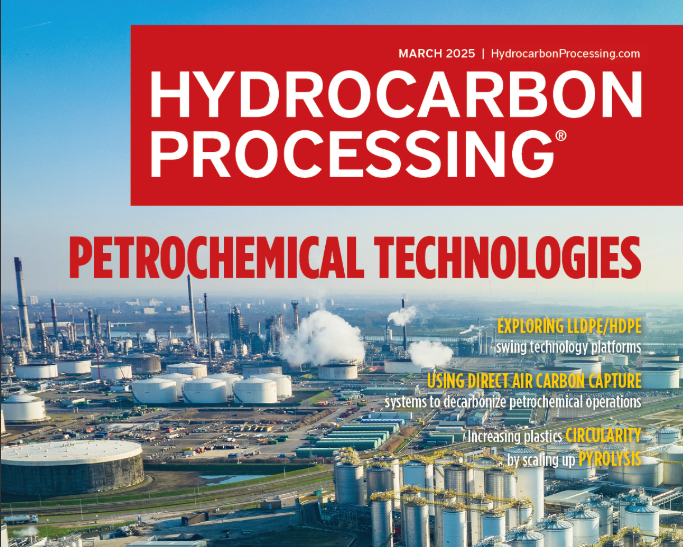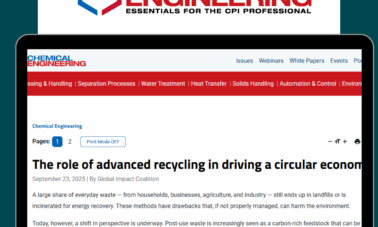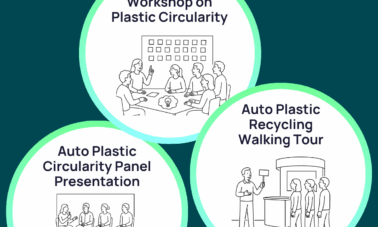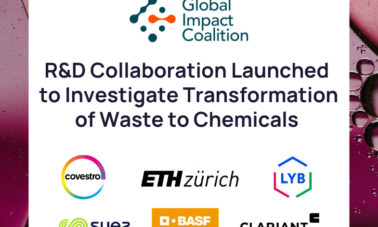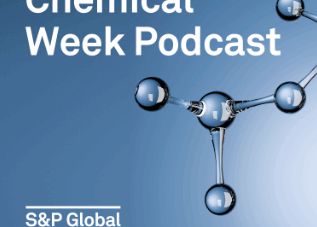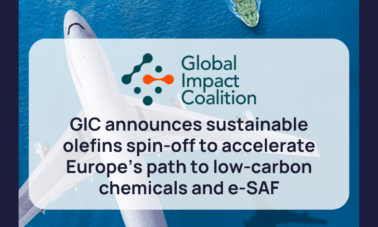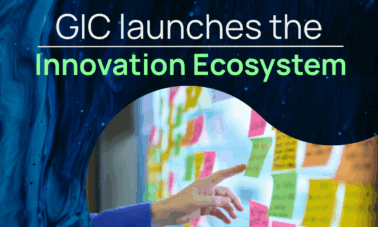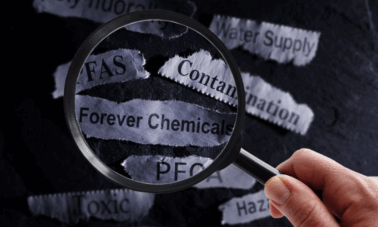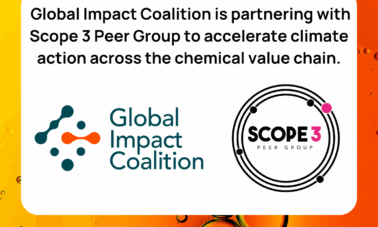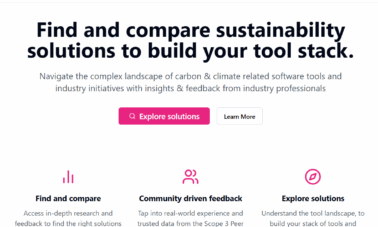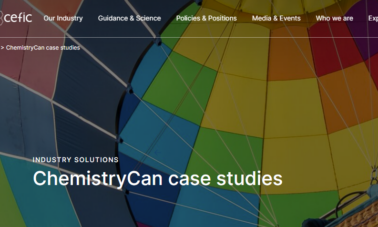Article reprinted from Hydrocarbon Processing March 2025 edition: see full article here
Scaling Pyrolysis: A Critical Step Toward Plastic Circularity
By Amanda Martin and Ana de la Cal
Plastic waste represents one of the most pressing sustainability challenges of our time. With millions of tons discarded annually, the need to view plastic waste as a valuable resource is more urgent than ever. However, the reality is stark: over 80% of plastic waste is still either landfilled or polluting the environment. To move from this linear system to a truly circular economy, we must embrace transformative technologies.
Among these, pyrolysis—a process that converts plastic waste into valuable oils and chemicals—emerges as a critical solution. While its potential to process hard-to-recycle plastics and expand the scope of recycling is clear, scaling up pyrolysis to meet global demand remains a significant challenge. From technical optimization to creating market confidence, addressing these barriers is essential if pyrolysis is to fulfill its promise of reducing plastic pollution and advancing circularity.
A Path to Circularity
To improve recycling rates, we must focus on strengthening collection and sorting systems, investing in innovative recycling methods such as chemical recycling, and incentivizing manufacturers to incorporate recycled materials into their products. Mechanical recycling mandates a clean, homogenous supply of single-polymer plastic waste material, while chemical recycling can help expand the type of polymers and conditions handled. Techniques like pyrolysis and gasification break down mixed, contaminated, or hard-to-recycle plastics into their fundamental chemical components, offering a sustainable solution for materials that would otherwise go to waste. Together, these complementary technologies have the potential to revolutionize plastic recycling and create a robust circular economy.
Assessing the Environmental Footprint of Plastic Pyrolysis
Plastic pyrolysis stands out as a highly promising technology, thanks to its technical maturity and ability to convert solid waste into valuable liquid and gaseous products under controlled, oxygen-free conditions. These outputs can be further refined into high-value fuels and chemicals, making pyrolysis a key option to advance overall plastic circularity.
However, chemical recycling technologies, including pyrolysis, are still in the early stages of adoption, and comprehensive environmental assessments remain limited due to insufficient Life Cycle Inventory (LCI) data. Greater collaboration between industry and academia is essential to establish robust LCIs and deepen our understanding of the environmental impacts of these technologies. Research focused on converting waste plastics into naphtha and plastic monomers is particularly critical to scaling circular economy solutions.
Emerging studies are beginning to illuminate the environmental profile of chemical recycling. For instance, life cycle assessments (LCA) of polyethylene (PE) and polypropylene (PP) treatment options reveal significant benefits for closed-loop recycling systems. One study found that recovering ethylene and propylene monomers for plastic remanufacturing delivered the greatest environmental advantages, reducing climate change and fossil fuel depletion impacts by 1063% and 36,761%, respectively, compared to landfill scenarios.
Other recycling approaches, such as pyrolysis for producing high-value chemicals and energy recovery, also demonstrated substantial improvements, including reductions in human toxicity, fossil depletion, and both freshwater and marine ecotoxicity. These findings underscore the potential of plastic pyrolysis and chemical recycling in driving sustainable waste management solutions.
Pyrolysis Oil Applications and Properties
Pyrolysis oil is produced from the thermal decomposition of organic materials, such as biomass or plastic waste, in the absence of oxygen. Its properties depend on system parameters, operating conditions, and catalyst attributes. Additionally, combining pyrolysis with other chemical technologies can upgrade the properties of pyrolysis oil, resulting in a versatile product with varied characteristics.
The properties of pyrolysis oil determine its suitability for various applications:
- Fuel: For use as a fuel, pyrolysis oil needs a high heating value, low water content, and low viscosity to ensure efficient combustion and minimal handling issues.
- Energy Generation: For energy generation, the oil should have a high calorific value and low levels of contaminants to ensure efficient and clean energy production.
- Chemical Feedstock: When used as a chemical feedstock, the oil should have a consistent chemical composition, low acidity, and low levels of impurities to ensure effective conversion into chemicals and materials.
Plastic waste pyrolysis oil has a higher aromatic content, longer carbon chains, and various metal contaminants added during production as stabilizers and colorants. Some main components of the aromatic share are benzene, toluene, ethylbenzene, xylene, and styrene. The presence of long-chain alkanes and alkenes can lead to a heavier, more viscous product. Thus, fine-tuning an efficient and selective pyrolysis process to narrow the product distribution for feasible commercial production remains challenging. Standardizing the chemical composition, acidity, and impurity levels of pyrolysis oil intended as chemical feedstock is key to enabling economies of scale and incentivizing investments.
Optimizing the Pyrolysis Oil Supply Chain: Addressing Key Challenges
The global pyrolysis oil market, valued at USD 326.64 million in 2022, is projected to grow to USD 465.42 million by 2032, with a compound annual growth rate (CAGR) of 4%. Despite its promising potential, the market faces several hurdles, including high initial capital requirements and limited consumer awareness of its benefits. To unlock the full potential of chemical recycling technologies, collaboration across the supply chain is essential.
While pyrolysis presents a significant opportunity to increase plastic recycling rates and reduce emissions from incineration, the technology’s scalability is hindered by challenges such as insufficient investment, unclear regulatory standards, and the lack of market-driven offtake agreements. Overcoming these barriers will require concerted efforts across both the public and private sectors, focusing on:
- Developing clear regulatory frameworks that support chemical recycling technologies.
- Establishing industry-wide standards and feedstock specifications to ensure consistency and build trust.
- Securing offtake agreements that enhance investor confidence and reduce risks for innovators.
Overcoming Barriers to Unlock Pyrolysis’ Circular Potential
Pyrolysis offers a transformative pathway to enhance plastic recycling rates and reduce the reliance on incineration, yet its full potential remains untapped. To scale this technology, significant investment, standardized practices, and robust market mechanisms are essential. Regulatory clarity and industry-wide collaboration will play a pivotal role in enabling pyrolysis to become a cornerstone of the circular economy.
The stakes are high: without scaling innovations like pyrolysis, the gap between recycling aspirations and environmental realities will continue to widen. Addressing the barriers to adoption is not just a technological imperative but a collective responsibility to reduce waste, conserve resources, and build a more sustainable future. By fostering alignment across the value chain, pyrolysis can help redefine plastic waste as a resource—and pave the way for a more circular economy.
References:
· Pyrolysis Oil Market 2024 – Global Insights, Growth, Trends & Forecast
· Can Pyrolysis Oil Be Used as a Feedstock to Close the Gap in the Circular Economy of Polyolefins?
· Pyrolysis of plastic species: A review of resources and products – ScienceDirect

